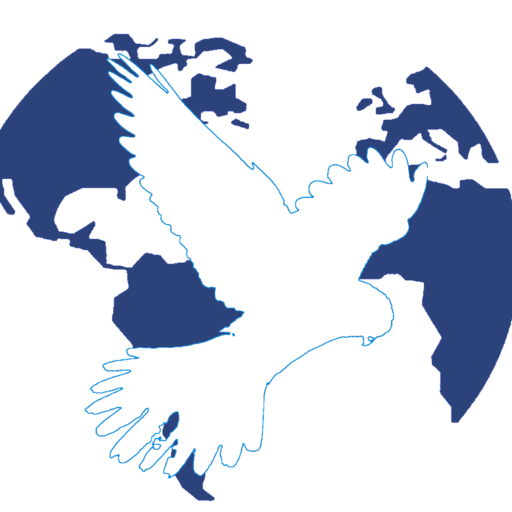10 Basic Visa Rules
Here are 10 basic rules to remember and follow while you are on a student visa. Make sure you follow ALL U.S. visa regulations and your institution’s rules to avoid falling out of legal status.
Note that working illegally or being convicted of a felony are particularly serious visa violations. You can find rules specific to your program of study at https://studyinthestates.dhs.gov/guide-to-studying-in-the-states.
More information: Study in the States.

